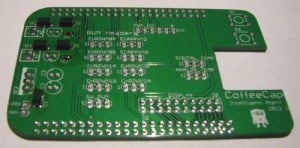Yes, basic electronics is easy. As long as you don’t make it complicated 😉
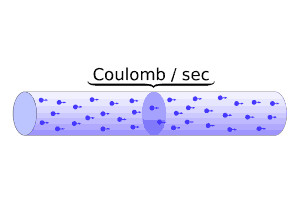
An electrical current is the flow of electrons in a wire. Electrons flow when you have a “closed loop” – a path from the negative to the positive terminal of a battery.
For example if you connect a small light bulb to the positive and the negative side of a battery, you will get a closed loop where electrons can flow and make the lamp shine.
“Electronics” control electrical currents by combining different components.
Basic Electronics Components
There are many basic electronics components available to enable different types of functions in your circuit.
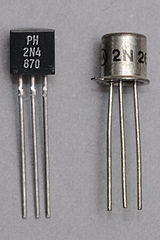
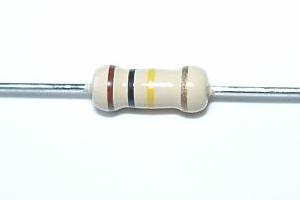
Two of the most important components are the resistor and the transistor. To know more aboult electronic components, don’t forget to visit Kynix: http://www.kynix.com/
A resistor doesn’t “do” anything actively. But you use it to set the right current or voltage level.
With a transistor you can amplify your signal, invert your signal or lots of other stuff. Transistors make up logic gates which makes up all digital electronics such as a processor in a computer.
Schematic Diagrams
To make any electronic circuit, you start with a schematic diagram. A schematic is a drawing of a circuit. It tells you which components are needed and how to connect these components.
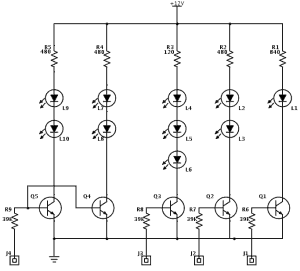
You can either design your own schematics or find free schematics available online.
Designing schematics
There are some basic electronics theory you should know when designing schematics.
You should at least know how to work with series and parallel circuits.
And it’s reeeeally useful to know the basic electronics formulas:
- Ohm’s law
- Thevenin’s Theorem
- Kirchhoff’s Current Law and Voltage Law
Ohm’s law describes the relationship between current, voltage and resistance. This lets you calculate the correct resistor values you need for different parts of your circuit.
Thevenin’s theorem explains how you can simplify complicated circuits to make it easier to do calculations.
Kirchhoff’s current law states that the sum of all currents going in and out of a node is equal to 0.
Kirchhoff’s voltage law states that the sum of all voltages in a circuit equals 0.
Designing Circuit Boards
From the schematics, you design the circuit board. You do this by drawing the wires from the schematics and placeholders for the different components.
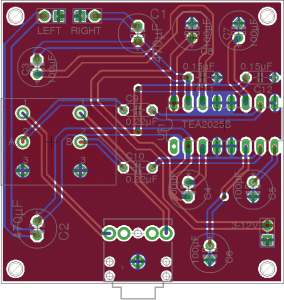
Then you create your circuit board by one of the following methods:
- Manufacturer
- Etching
- CNC milling
When your circuit board is created, you solder your components on to the board. Voila! Your electronic circuit is complete.
